The Makings of a Good Horror Movie Kill
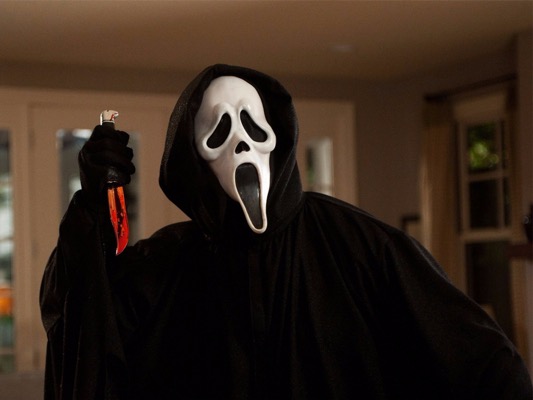
Ever since the advent of the slasher genre, horror movies have tried to become more and more inventive with the way they splatter their gallons of blood across the screen. We can only watch so many unstoppable murderers slash horny teens with machetes before we get bored. We want our mythical killers to be as ingenious as they are deadly. Our desire for the dastardly machinations of vengeful beasts is the whole reason that franchises like Saw or Final Destination can not only continue to exist, but thrive. To see the wild and wacky ways that writers can invent to kill teenagers who stumbled into the wrong haunted graveyard.
Anatomy of a Scene - Alien
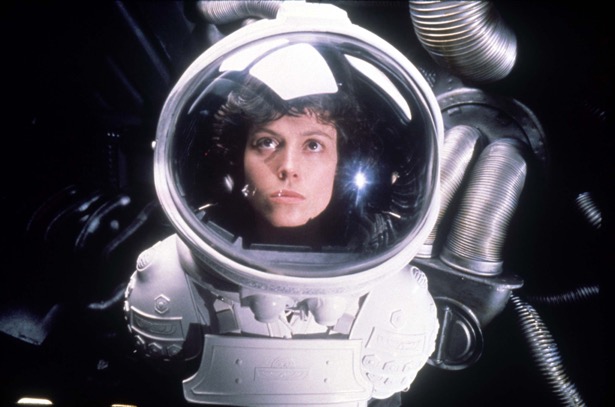
Alien has changed so much as a franchise since it was first made. It went from science fiction horror to action to crossover monster battles. But it all started with this, a few people trapped on a ship with their worst nightmare. When we talk about horror, we speak a lot to tension, that feeling of building unease that makes us worry about what is coming next. More importantly, it makes us almost beg for it to happen. Alien begins with almost an hour of it, moodily piling on the tension before taking it away all at once.
Anatomy of a Scene - It Follows
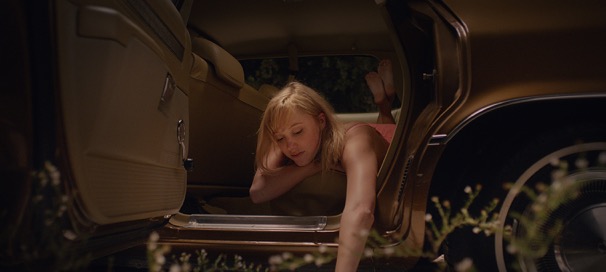
Something is following you. Hunting you. Heading in a straight line for you at every single moment of your life, awake or asleep. It can take the form of anyone, whether that be a stranger or someone you love. It wants to kill you, but it also wants to hurt you in the process, and this haunting presence is always lurking at the back of our minds, behind every corner or walking extra.
Anatomy of a Scene - The Babadook
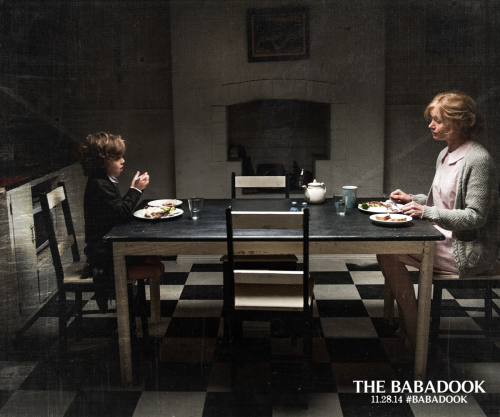
A long time theme of horror has been that the real fears do not come from the disgusting monster or the axe-wielding maniacs, but from human beings. It is the drive behind zombies, behind Michael Myers, behind vampires. In The Babadook, they take this and distill it, examining one woman and her son as they struggle with a specter that is haunting their lives. But the threat here is not a tall, scary man in black coat, but in what this man actually stands for: Amelia’s grief over the death of her husband and how she refuses to face it.
It starts as something much closer to a standard horror movie. We see a flashback of her husband’s death before we are thrust into the everyday life of Amelia and Samuel. He’s hyperactive and inventive and she is simply exhausted by it. But then one day, they find a book: Mister Babadook
“If it’s in a word
Or if it’s in a book
You can’t get rid
of the Babadook.”
Then these two start being haunted by this terrifying presence. It tortures them, forces Amelia to do horrible things. To kill her dog, to hurt her son, before it is finally beaten back. “She faces it down in her bedroom, house quivering with the force of the confrontation between them.
Atmosphere
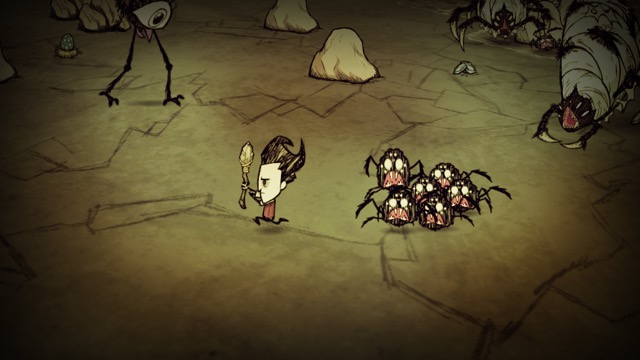
When we discuss games, especially those within the horror genre, this idea of “atmosphere” comes up again and again. I reference it rather frequently in my own writing, but one thing that we commonly neglect to do is actually say what we mean when we use it.
As it is right now, it exists as one of those, oft-used game review buzzwords, sitting alongside other repeat offenders: “visceral”, “moody”, “tight”, and countless others. We use it because it is easy, a simple way to get across a complex idea about the situations a game puts a player in, and the wide array of emotions that it evokes within you, and it would greatly benefit us all if we took the time to examine this sense to see what we really mean when we talk about atmosphere in a game.